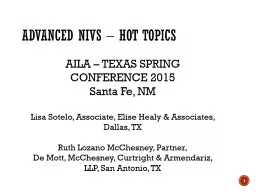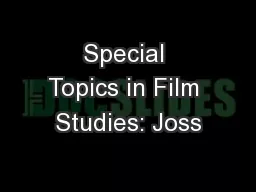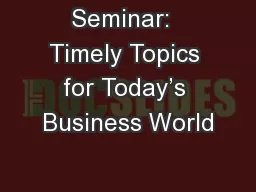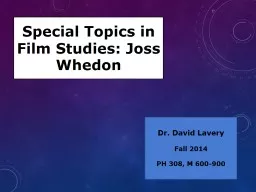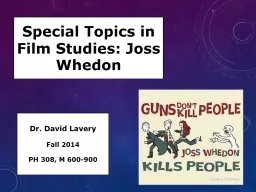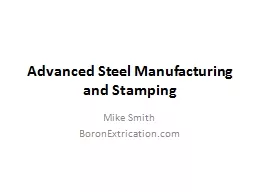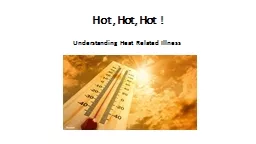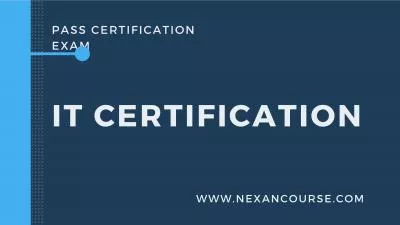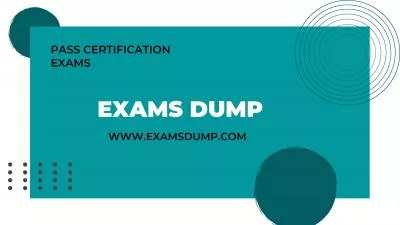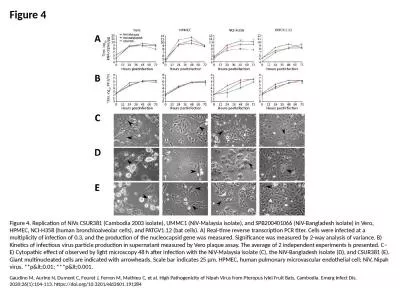PPT-ADVANCED NIVs – HOT TOPICS
Author : yoshiko-marsland | Published Date : 2018-03-15
1 AILA TEXAS SPRING CONFERENCE 2015 Santa Fe NM Lisa Sotelo Associate Elise Healy amp Associates Dallas TX Ruth Lozano McChesney Partner De Mott McChesney Curtright
Presentation Embed Code
Download Presentation
Download Presentation The PPT/PDF document "ADVANCED NIVs – HOT TOPICS" is the property of its rightful owner. Permission is granted to download and print the materials on this website for personal, non-commercial use only, and to display it on your personal computer provided you do not modify the materials and that you retain all copyright notices contained in the materials. By downloading content from our website, you accept the terms of this agreement.
ADVANCED NIVs – HOT TOPICS: Transcript
Download Rules Of Document
"ADVANCED NIVs – HOT TOPICS"The content belongs to its owner. You may download and print it for personal use, without modification, and keep all copyright notices. By downloading, you agree to these terms.
Related Documents

